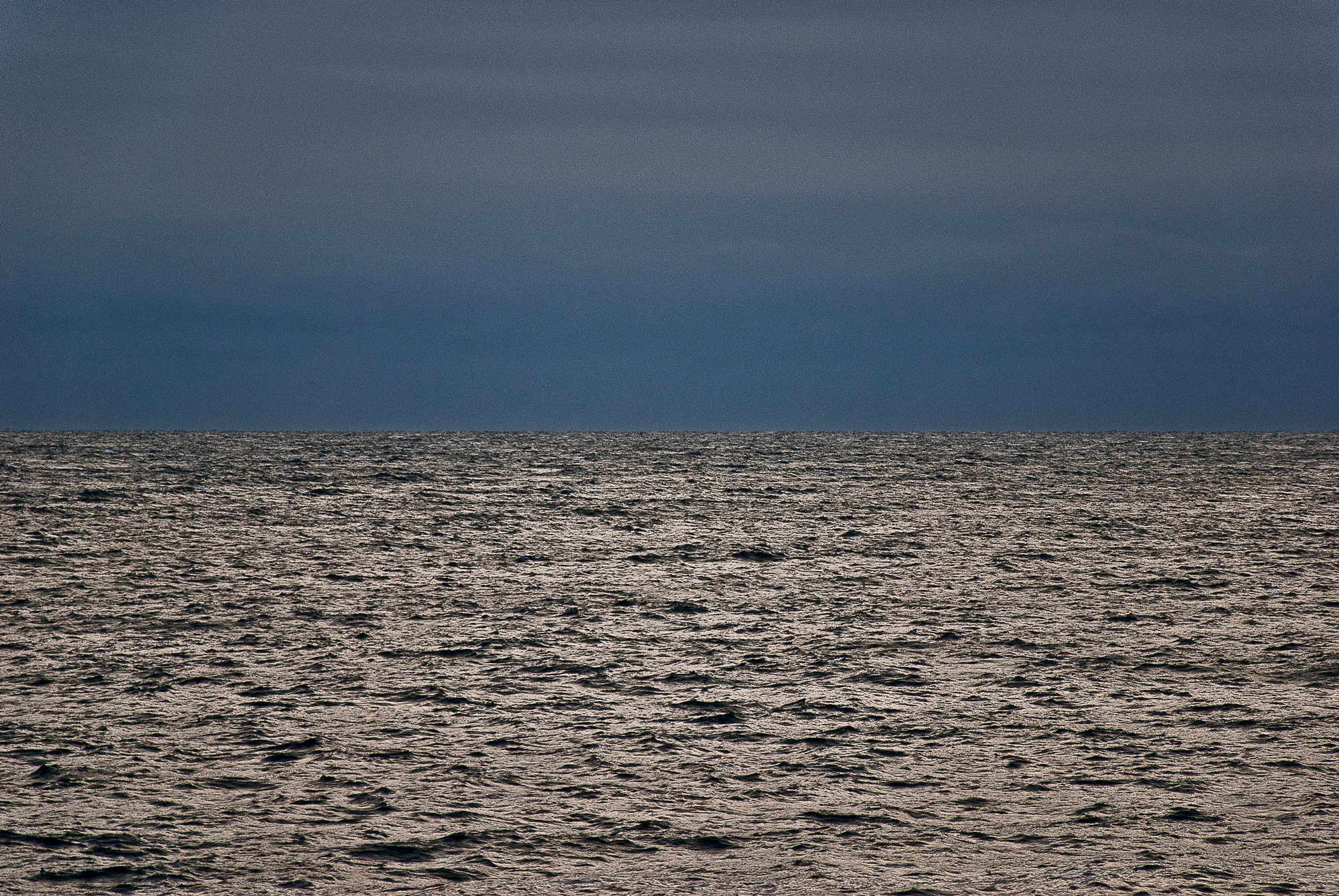It’s a challenge when sizeable chunks of one’s creative praxis occur well outside any traditional arts canon, so when elegant and incisive commentary comes along that helps to explain said praxis, I am grateful. Old friends Robert Adrian X (RIP) and Heidi Grundmann, founders of kunstradio at ORF generated this thoughtful manifesto on Radio Art some years back, definitely worth repeating:
Radio art is the use of radio as a medium for art
Radio happens in the place it is heard and not in the production studio.
Sound quality is secondary to conceptual originality.
Radio is almost always heard combined with other sounds – domestic, traffic, tv, phone calls, playing children, etc.
Radio art is not sound art – nor is it music. Radio art is radio.
Sound art and music are not radio art just because they are broadcast on the radio.
Radio space is all the places where radio is heard.
Radio art is composed of sound objects experienced in radio space.
The radio of every listener determines the sound quality of a radio work.
Each listener hears their own final version of a work for radio combined with the ambient sound of their own space.
The radio artist knows that there is no way to control the experience of a radio work.
Radio art is not a combination of radio and art. Radio art is radio by artists.
